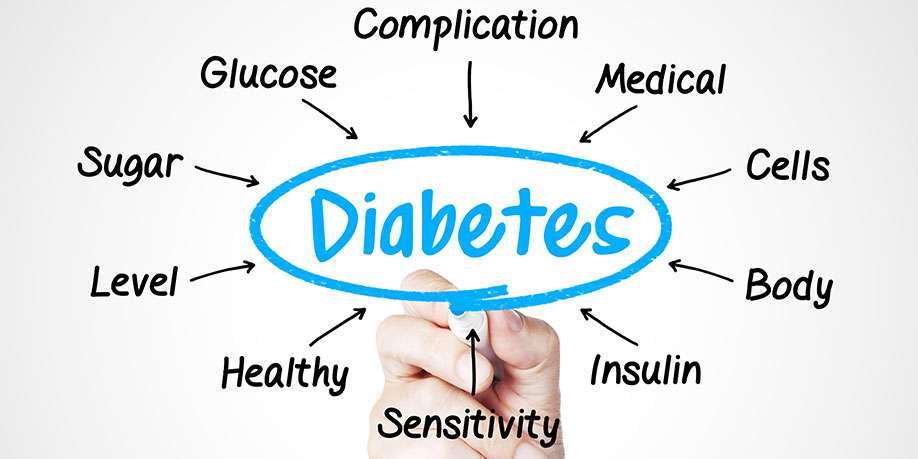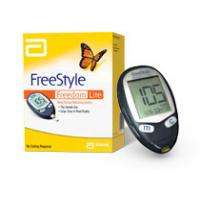
Most Common Symptoms of Undiagnosed DiabetesMost Common Symptoms of Undiagnosed Diabetes
  © Tnsdesign | Dreamstime.com It is no secret that diabetes is a very dangerous condition that can significantly jeopardize your health. If not taken care of properly, diabetes can lead to quite a few serious and even life-threatening complications including high blood pressure, nerve damage (neuropathy), pregnancy complications, eye damage, heart disease, kidney damage (nephropathy), blindness and stroke. It is also common for people with diabetes to get limb amputation caused by poor blood circulation. That is why it is imperative to recognize symptoms of diabetes and catch it as early as possible. There are several kinds of diabetes, the most common of which are called type 1 and type 2. Type 1 diabetes is an autoimmune disease that is also known as juvenile diabetes or insulin-dependent diabetes due to the fact that it is most commonly diagnosed in children and teenagers and because people with type 1 diabetes must have insulin injected into their bodies through their entire lives. In people with type 1 diabetes pancreas is incapable of producing sufficient amount of insulin or is unable to produce insulin at all because the body’s immune system destroys beta cells that are responsible for making insulin in the pancreas. It may take from a few months to several years to get a critical number of beta cells destroyed before the symptoms of type 1 diabetes begin to show themselves. Those symptoms may include excessive hunger, extreme thirst, fatigue, blurred vision, frequent urination, nausea and vomiting, dry mouth and skin, rapid breathing, and unexplained weight loss. Type 2 diabetes is the most common type of diabetes that affects the way the body processes insulin. This is a chronic medical condition in which pancreas is capable of producing insulin and does so, but the cells in the body are unable to properly absorb insulin. That causes the pancreas to produce more insulin and eventually the ability of pancreas to produce insulin declines, which leads the cells in the body get insufficient amount of glucose. Symptoms of type 2 diabetes are similar to those of type 1 diabetes and also include slow healing wounds, numbness in the hands or feet, and dark rash around the neck and armpits. If you have been experiencing any of the symptoms mentioned above, your best bet would be to go to the doctor and get yourself tested for diabetes with the following available tests: Fasting Plasma Glucose (FPG) test that is taken in the morning after overnight fasting; Oral Glucose Tolerance test (OGTT), when blood sugar is measured two hours after you drink 75 grams of glucose; Random blood glucose test; and Hemoglobin A1C (glycohemoglobin) test that measures the average glucose level over the period of past 2-3 months. Besides, test can be done on your urine for glucose and for chemicals that your body produces when your insulin level is insufficient. Diabetes is one of the most dangerous diseases that can harm a person in many different ways. Undoubtedly, it is in your best interest to catch diabetes as early as possible by paying attention to yourself and taking into consideration the symptoms of the disease. That will help you avoid serious health consequences, reduce potential damage to you body, and, in some cases related to type 2 diabetes, even completely reverse the diabetes symptoms.
| ||||||||||||||||||||||||




























